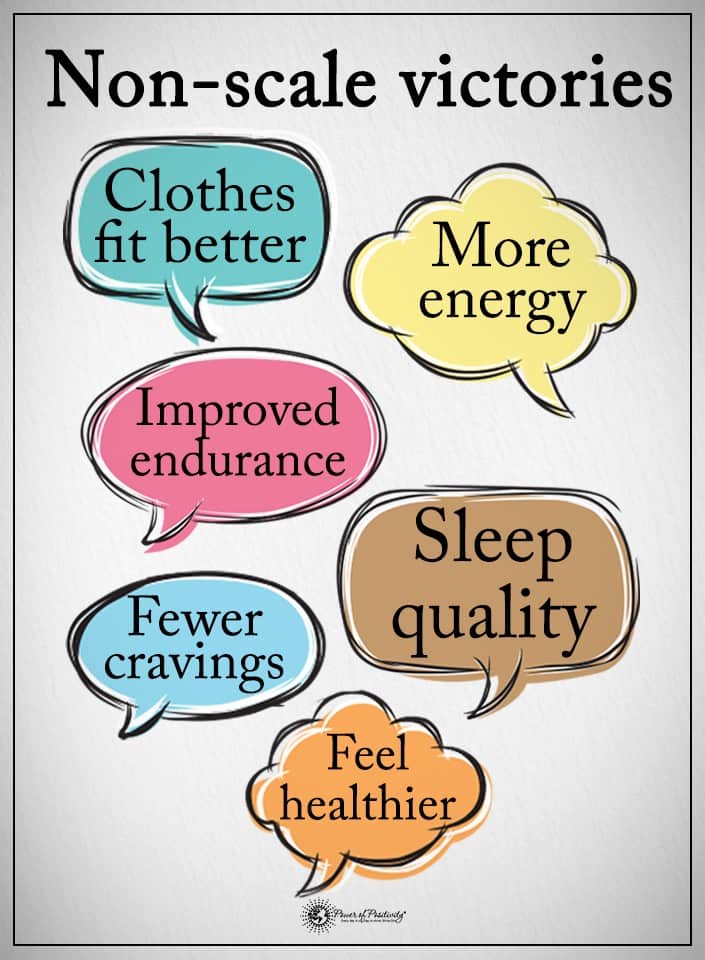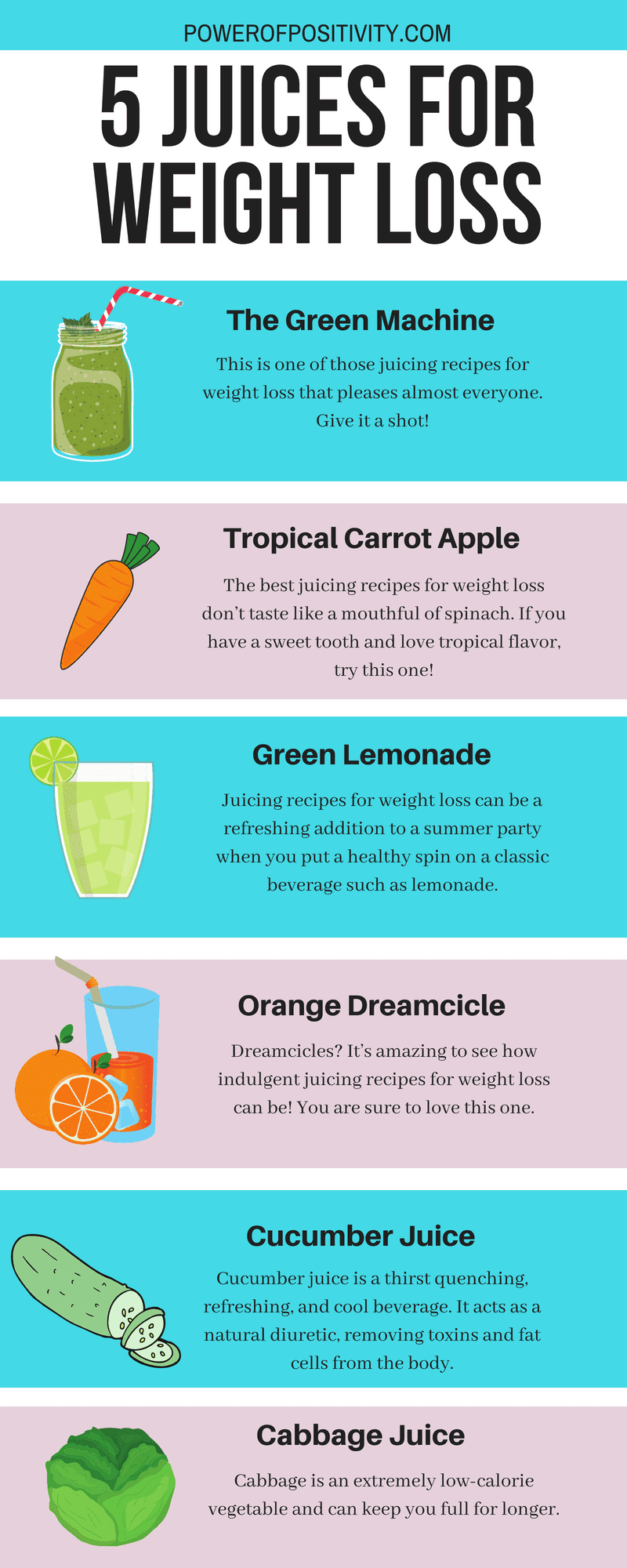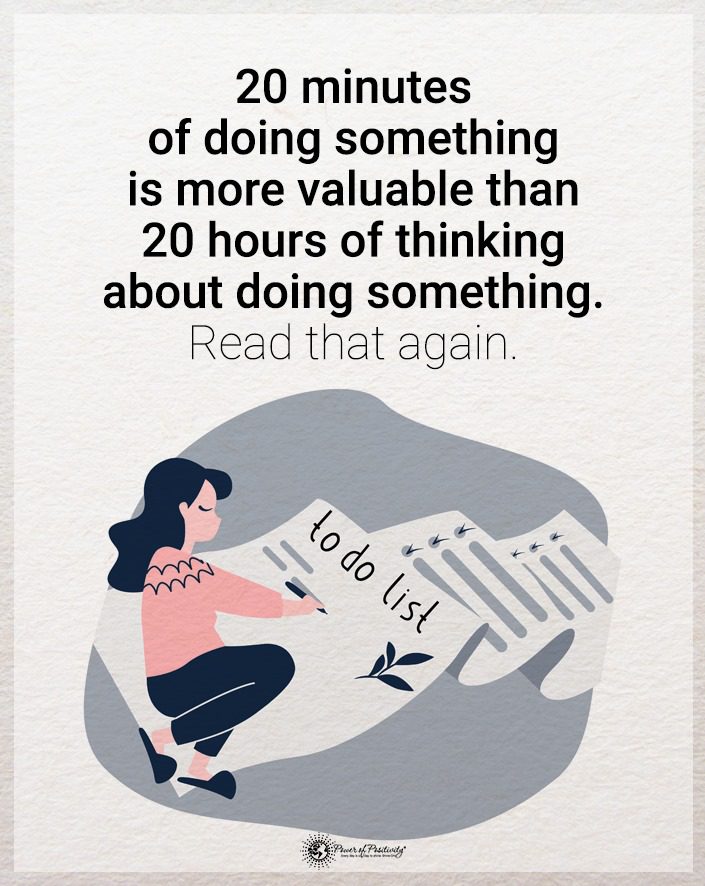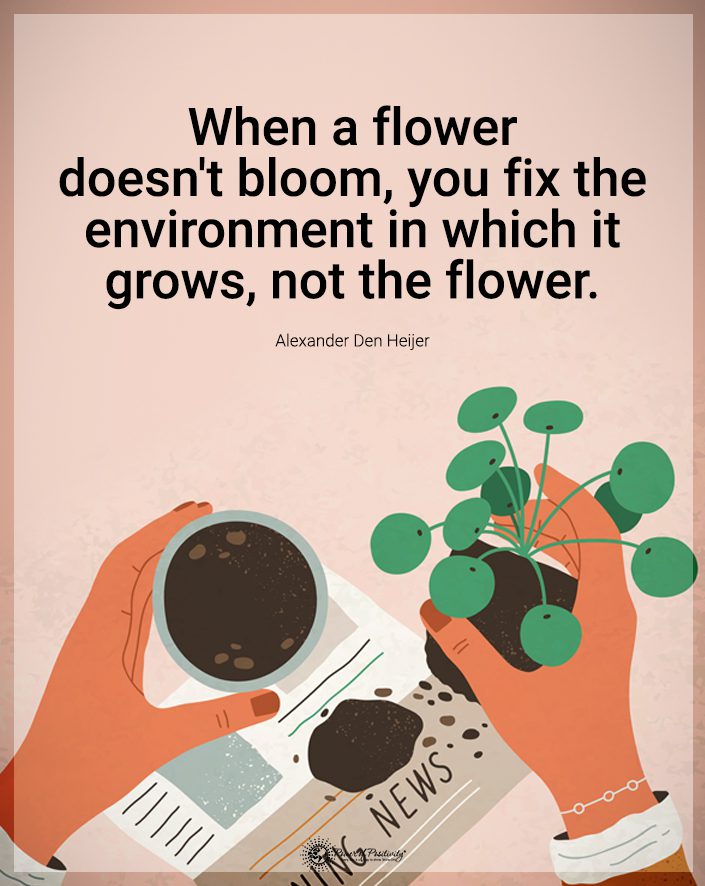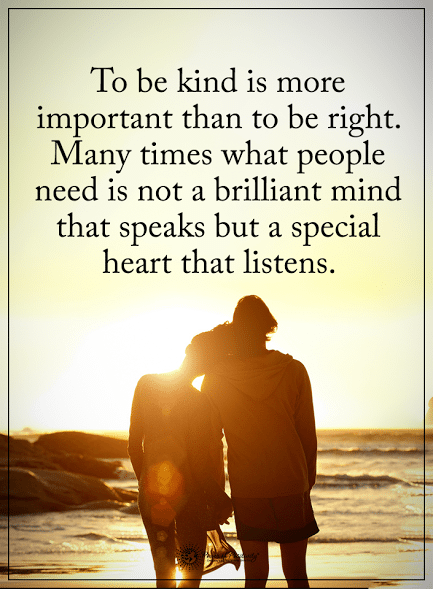What’s your workout style? Did you even know such a concept existed?
– 66% of Americans who make New Year’s resolutions have aimed to get fit. Of those, 73% gave up prior to their goal.
– 4 times: Average number of times people have given up on their fitness resolutions in the past.
– Harris Interactive Poll (on behalf of Bodybuilding.com)
Why is it so difficult for people to stick with their fitness goals? Many within the fitness community attribute these failures to a lack of discipline or commitment. While these reasons are certainly applicable in some cases, it doesn’t explain (or help) much at all. When it comes right down to it, there are a number of reasons why people fail to achieve their fitness goals.
A number of “fad fitness” programs have tried to get people off the couch and moving…with the ultimate goal of making a profit, of course. Some of these programs are legitimate, effective and successful (e.g. CrossFit), but most of them are designed for no other reason than to make a quick buck. Of course, these programs should be avoided.
Personality Plays a Role
One of the reasons people fail to get and stay fit is they choose the wrong method. While there may be a spurt of motivation during the beginning phases, these feelings quickly fade until the person has no desire to work out at all; guilt quickly follows, and the unproductive cycle repeats itself.
This begs the question: what are the implications of choosing a wrong fitness routine?
Dr. James Gavin, professor of applied human sciences at Concordia University says: “Whoever we are, we manifest that in all the realms of our life. Physical activity is just another expression of our personal preferences and style,” Dr. Gavin continues, “When people are similar to the activities they pursue, they tend to be happier, express more satisfaction and stay with it longer.”
Other professors and fitness experts agree with Dr. Gavin: personality types are key to sticking with any tough goal, including those relative to fitness.
So, this article attempts to address a two-part question: what does your personality style say about you, and is there a better way to achieve fitness goals based on our personality?
It is important to understand that there is no “one size fits all” when discussing personality types and individual preferences. This is true for pretty much every human activity, and fitness is no different. The point of this article is merely to educate and entertain (hopefully!) Don’t be offended in the event that you don’t fall into any one particular category.
What workout style is right for you?
Let’s go over five physical fitness methods and their possible personality implications.
1. CrossFit…you’re an overthinker or extrovert
People that sign up for CrossFit know that they’re going to get “HIIT” with a tough workout. HIIT is short for High-intensity interval training, which entails intense anaerobic exercise and short recovery periods.
Those individuals who have a tendency to overthink can seriously benefit from CrossFit or a similar HIIT program. HIIT may provide a necessary “mental break” for those whose brains always seem to be active. Reputable HIIT programs work because they often push people to their physical limits while providing the structure needed by some.
2. You work out alone…you’re an introvert
On the other side of the workout spectrum, we have the “solo sweaters.” Most introverts are not very comfortable in a group fitness setting, and that is totally fine. “Intros” possess a talent for research and rational thinking, so they’re usually pretty good at finding a routine that works well for them (e.g. at-home workouts), or simply finding time to hit the gym when its empty.
They’re also good at researching and applying effective workout routines.
3. You run long-distance…you’re a ‘Type A’
Type A personalities thrive off setting and achieving set goals; they’re competitive, and love to see positive results. Put all of these things together, and you’ve got the perfect long-distance runner, “Tough Mudder,” or other fitness activities that involve endurance and competition.
Of course, not all Type A’s like competitive running. Some enjoy lifting, biking, etc..
4. You love group workouts…you’re an extrovert
An extravert is a real “people person,” and love doing anything so long as a group is alongside them. Another attribute of extraverts is that they gain energy from being around others – a huge motivator for signing up for that next group class.
So, to all the extraverts out there who need to “get going” fitness-wise – a group workout session may be all that you need! Zumba and CrossFit are two terrific workout programs that strongly appeal to the outgoing among us.
5. You have, want or need a trainer…you’re analytical
Analytical people “like to get to the bottom of things,” and they’re often extremely detail-oriented. They have a thirst of knowledge, and gain satisfaction from knowing that they’re doing something right.
Related article: Which Exercise Is Best For Your Body Type?
It’s not a real big surprise, then, that analytical people like to have a trainer to show them the science behind exercise. Analytical folks will appreciate a thorough explanation to why they’re lifting dumbbells one day and doing wind sprints the next.
There is one exception: analytical introverts. These folks may or may not want someone around them telling them what to do. They may, predictably, research everything they can about workout methods and do their best to apply them.


